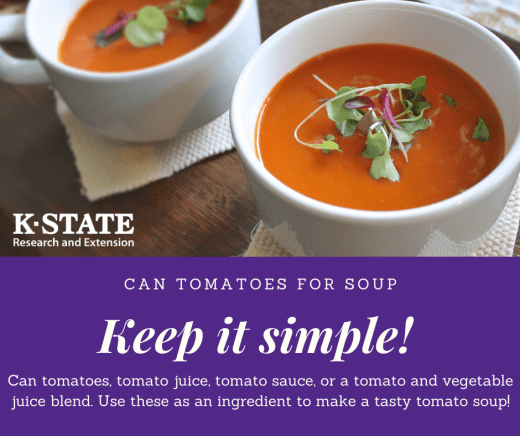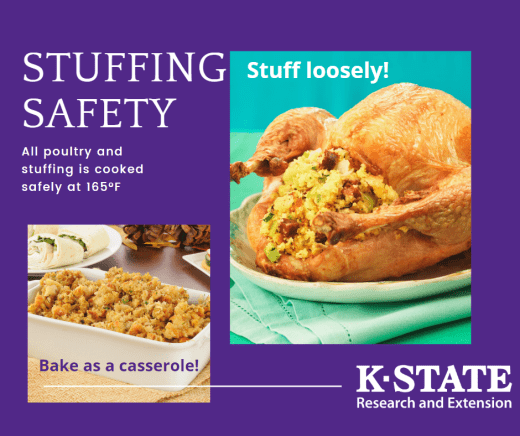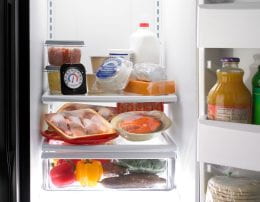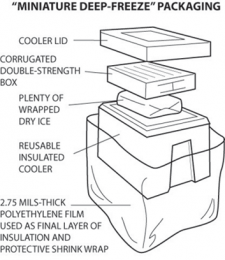
Photo: Canva.com
It is no secret that the price of groceries has increased this year. In fact, the cost of food at home has increased 13 percent from this time last year. Reasons include production disruption by Mother Nature to supply/demand.
The recent Avian Influenza infection in poultry has led to the loss of at least 49 million commercially raised poultry. Therefore, eggs for baking and holiday turkeys will be more expensive.
Consumers are using more butter because of the desire to use natural foods. Butter is used in many baked goods so be prepared to pay the price as it has almost doubled from last year.
Will the higher costs dampen your holiday spirit? Be a smart shopper to help save some money. Study grocery ads for sale prices and buy a few extra if you can. Share those savings with others who may not have the time to shop.
For holiday meals, share the expense by asking guests to provide a menu item. Plan the menu now to take advantage of sale prices. Consider a progressive meal as a group and travel to each others homes for different stages of the meal. And the holidays don’t always have to be a full meal. Keep it simple with other activities and less food for a cost savings and less stress.
Sources: www.bls.gov/news.release/pdf/cpi.pdf and University of Minnesota Extension





 Receiving food gifts can be a treat during the holidays. But not if they are not safe to eat.
Receiving food gifts can be a treat during the holidays. But not if they are not safe to eat.